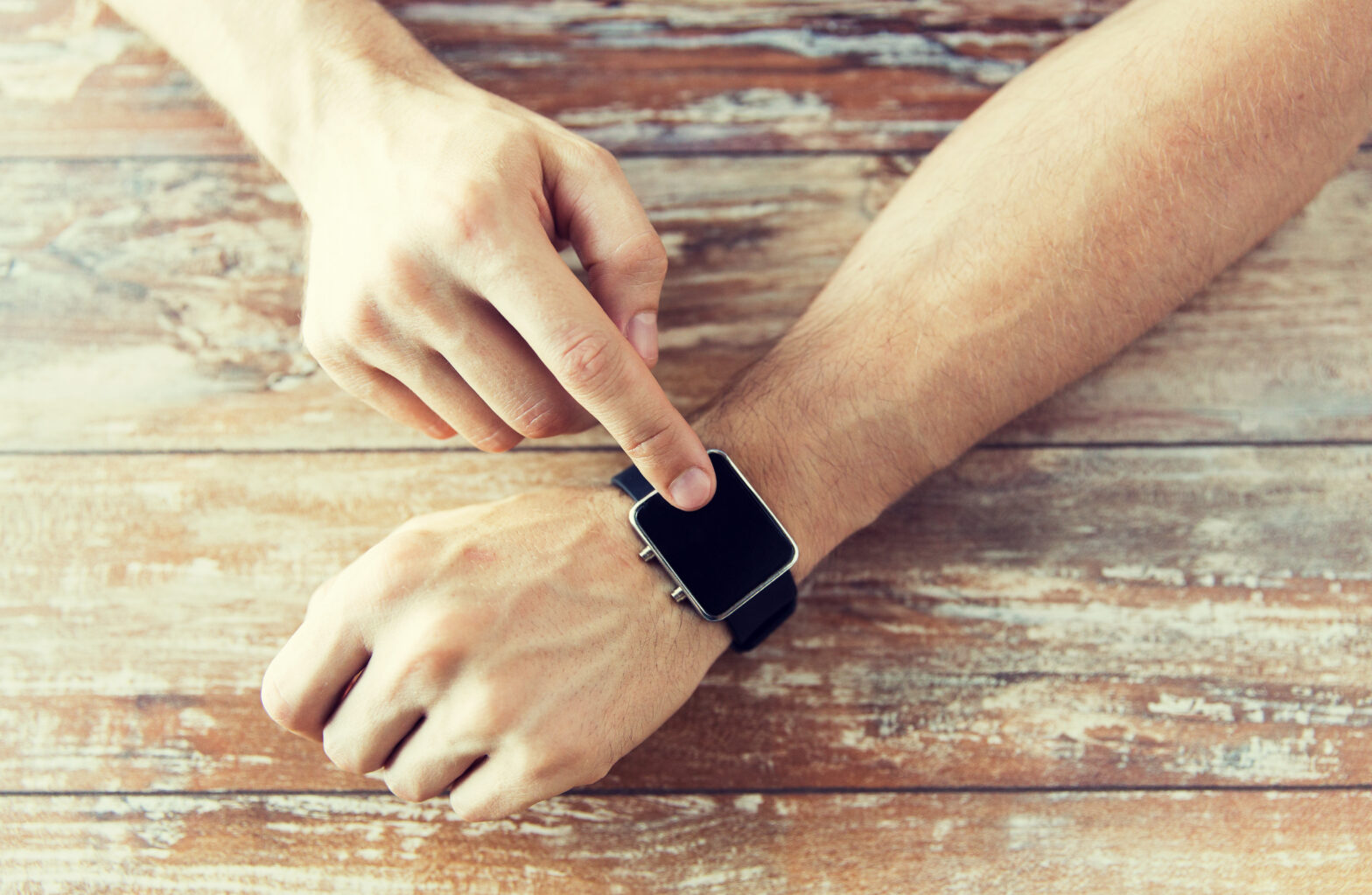The LinkedIn Corporation and Stanford University’s Mind & Body Lab, together with Spire, today unveils the results of the first and only known study of wearable tech in a corporate setting for stress management.
The results of the 30-day study shows that workers who wore a Spire tracker – a small, pebble-sized device that clips to a belt buckle or bra strap – experienced significantly less stress and negative moods, as well as more productive and ‘focused’ work hours than non-Spire users.
The results of Spire’s study indicate that there is a clear benefit in the use of wearable health trackers as a scalable means of improving stress response for improved health, wellbeing, and productivity.
Once the 30 days were completed and Spire had analysed participants’ data, the study finds that the intervention group using the device experienced less stress, stress symptoms, anxious days, and negative mood as well as more energetic days, as compared to the control group.
The intervention group also experienced more physiological states of calm and focus.
LinkedIn’s global wellness manager, Michael Susi, says, ‘Our employees are our greatest asset – especially their health and minds. They used Spire to make tangible improvements to things that can seem fleeting: focus, distraction, and productivity.
‘Lowering stress while increasing productivity is crucial to the success of any business, and to be able to do both of those with one device is rather powerful.’
Looking at the results of Spire’s study, the impact that Spire’s unique mindfulness attributes has on mental and physical health in the workplace is clear.
The results showcase that focusing on mindfulness and stress reducing tactics can have a large impact on an individual’s body and mind, and thus a worker’s productivity.
A user of Spire in the study states, ‘The Spire device is very spot on in terms of the feedback it gives me. Before using it I just thought my state of stress was ‘the way it was’ and now I realise I have control over it.’




